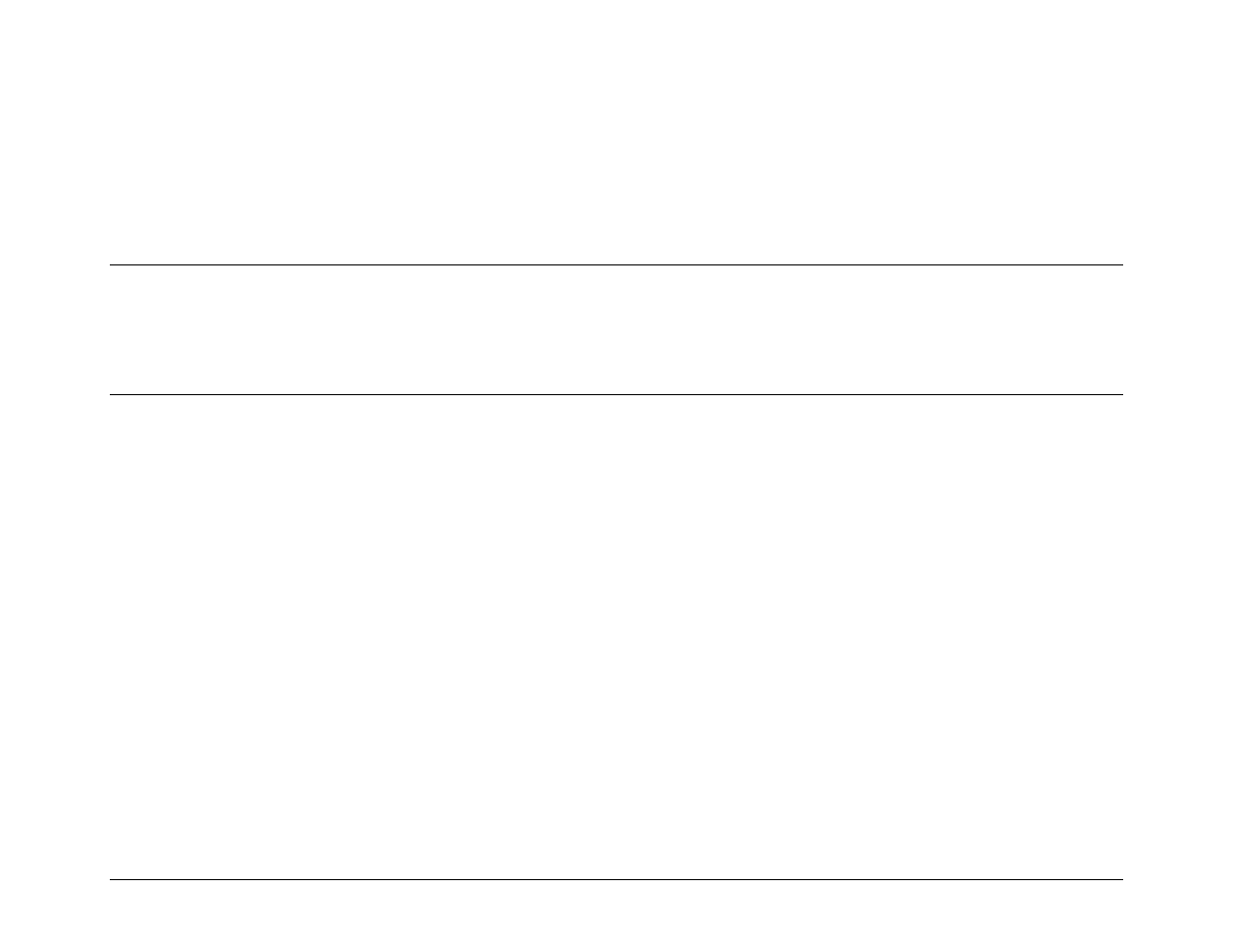B.3 eia-232, B.4 basic protocol – Comtech EF Data PCB-4300 User Manual
Page 80

PCB-4300 1:2 Phase Combiner
Revision
2
Appendix B
MN/PCB4300.IOM
B–2
EIA-485 (full duplex) summary:
•
Two differential pairs – one pair for Controller-to-Target, one pair for Target-to-Controller.
•
Controller-to-Target pair has one line driver (Controller), and all Targets have line-receivers.
•
Target-to-Controller pair has one line receiver (Controller), and all Targets have Tri-State drivers.
B.3
EIA-232
This is a much simpler configuration in which the Controller device is connected directly to the Target via a two-wire-plus-ground
connection. Controller-to-Target data is carried, via EIA-232 electrical levels, on one conductor, and Target-to-Controller data is carried in
the other direction on the other conductor.
B.4
Basic Protocol
Whether in EIA-232 or EIA-485 mode, all data is transmitted as asynchronous serial characters, suitable for transmission and reception by a
UART. The asynchronous character is fixed at 8-N-1 (8 data bits, no parity, one stop bit). Only two baud rates are supported: 9600 baud and
19200 baud.
All data is transmitted in framed packets. The host Controller is assumed a PC or ASCII dumb terminal that is in charge of the process of
monitor and control. The Controller is the only device that is permitted to initiate, at will, the transmission of data. Targets are only
permitted to transmit when they have been specifically instructed to do so by the Controller.
All bytes within a packet are printable ASCII characters, less than ASCII code 127. In this context, the Carriage Return and Line Feed
characters are considered printable.
All messages from Controller-to-Target require a response – with one exception: This will be either to return data that has been requested by the
Controller, or to acknowledge reception of an instruction to change the configuration of the Target. The exception to this is when the Controller
broadcasts a message (such as Set Time/Date) using Address 0, when the Target is set to EIA-485 mode.
